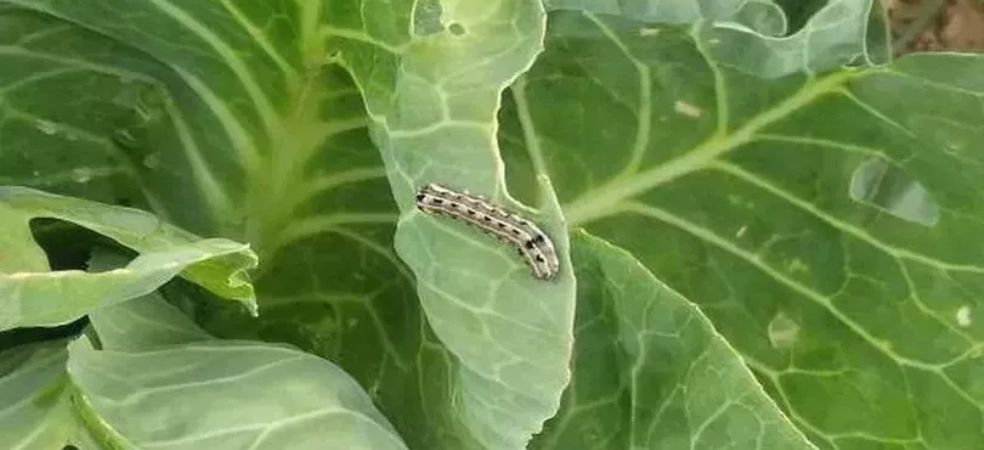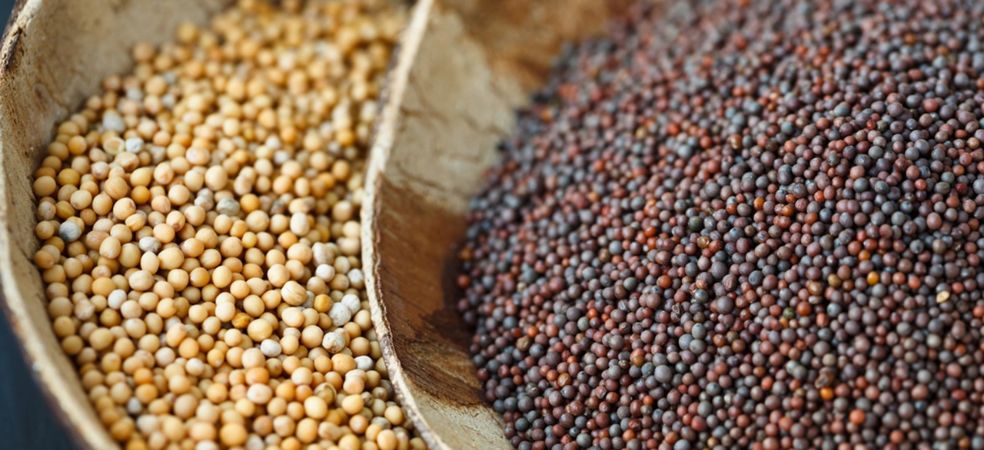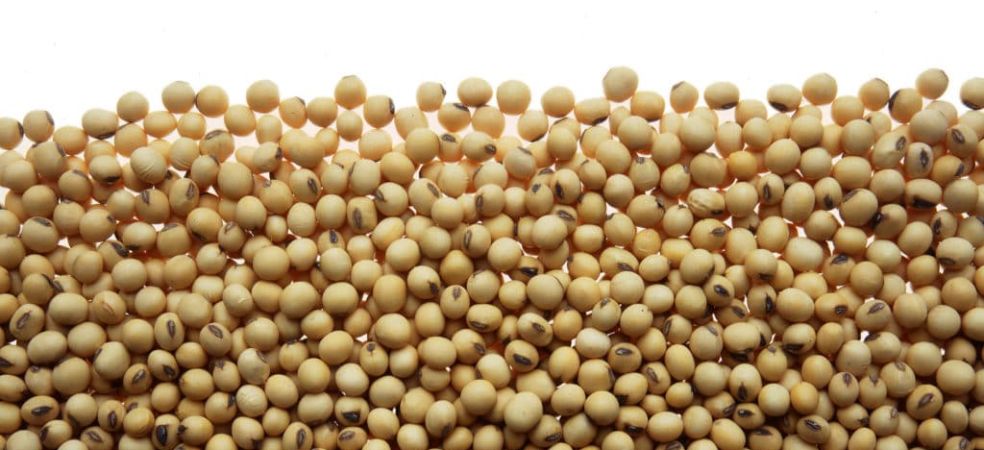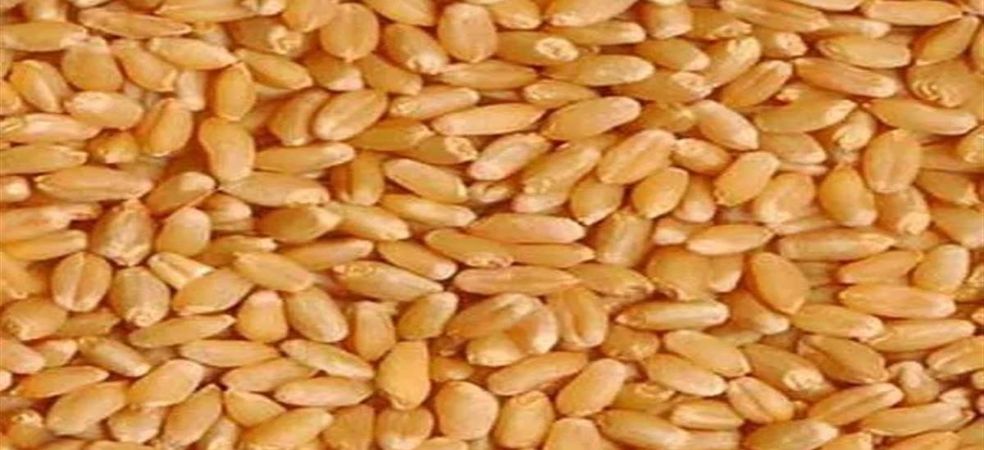The moths of this insect are dark brown in colour and there is a white stripe on the front wing with black spots in between. These moths lay eggs in groups covered with a white layer and there can be 40 to 200 eggs in a group. The caterpillar that comes out of the egg is green in the initial stage, which eats the leaves by scratching, and later this caterpillar becomes dark green or brown in colour. Adult larva feeds by making circular holes in the leaves and damages the cauliflower by entering from the top.
Control: As soon as the caterpillar infestation is seen, spray Emanova (Emamectin Benzoate 5% SG) @ 100 gm per acre or Cosko (Chlorantraniliprole 18.50 % SC) @ 20 ml per acre.
ShareFor such important information related to the agriculture sector and farmers, do read Gramophone articles daily. If you liked today’s information then don’t forget to share.










